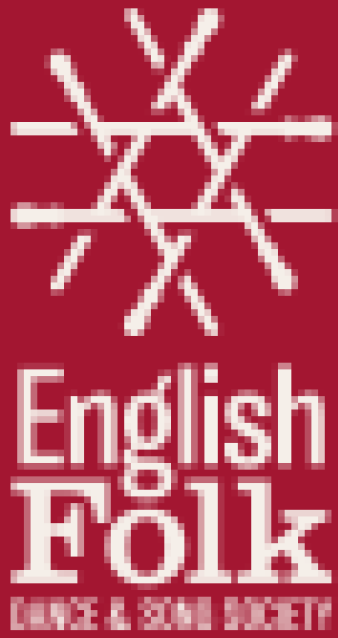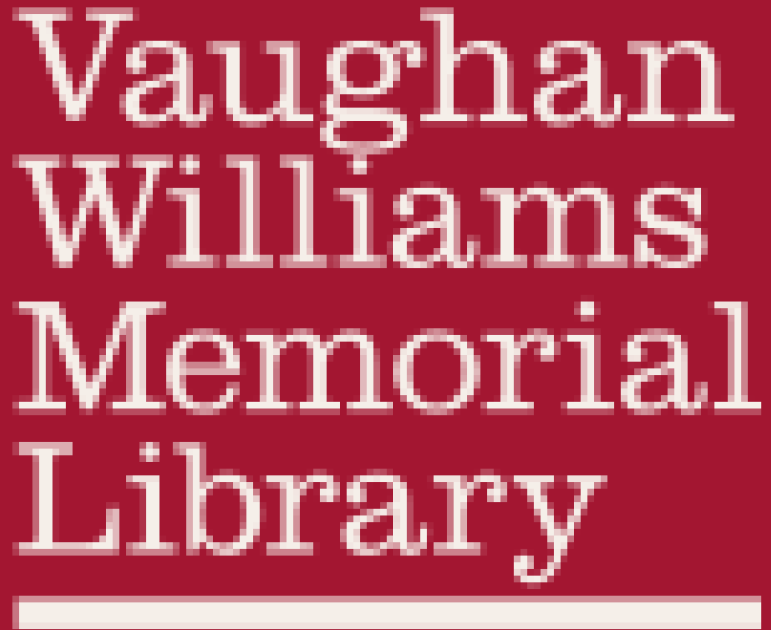Collections
In 2012 the English Folk Dance and Song Society (EFDSS) secured a grant of £585,400 from the Heritage Lottery Fund to archive, conserve and digitise most of England’s major manuscript collections of folk music, songs, dances and customs. In all, seven major archives were involved in providing free public access through the internet to around 80,000 items through a new digital archive.
The Full English provides free access to 12 major collections, online. Incorporating the Take 6 digital archive, there are now 19 manuscript collections which comprise The Full English.
The thousands of songs, dances, tunes and customs that were noted down mainly from the mouths of the rural working classes in the ’Golden Age’ of folk music collecting before the First World War, and then stored away in archives for preservation, are available again to the communities which carried them through the centuries to the point of being recorded by the likes of Cecil Sharp, Ralph Vaughan Williams, Ella Mary Leather and Lucy Broadwood.
It is now possible to browse through the collections included, page by page, and many people start off in this way to get a feel for what's there. But most users will soon graduate to searching for particular items - a song or dance, a mummers’ play, a children's game, or items from a particular place or informant. And some users won't even be particularly interested in the songs or dances - they might be family historians looking for people, or interested in printing history and popular literacy and eager to see the 3,000 broadsides and chapbooks which are included. And the maps function will astound those with a purely geographical or demographic interest.
The collections vary considerably, not only in size and content, but in the way they are organised, or disorganised, as the case may be. Some of the collectors get top marks for neatness and sensible organisation. Others do not! Cecil Sharp's main song manuscripts, for example, are very well organised, although the words and the tune of particular songs are in different parts of the collection, with a different number, but they are at least cross-referenced. Percy Grainger re-organised his collection of 442 songs and very usefully numbered each one in a simple sequence. But he started to re-number (and didn't finish) so there are two songs for every number between 1 and 100. Maud Karpeles started her numbering where Cecil Sharp left off, while Baring-Gould kept copying the same songs into different notebooks (with slight differences), and so on. And don't get us started on handwriting…
Where the collection is devoted predominantly to folk material, we have catalogued and digitised the whole lot, but in some cases we had to decide to exclude the non-folk activities and interests of the people involved. So, for example, The British Library holds a vast amount of other papers relating to Vaughan Williams' life and works, which we have not included, while the Alfred Williams collection contains a great deal of his poetry, local history writing, and attempts to learn Sanskrit. But as well as the songs and dances themselves, there is a great deal of contextual material - the correspondence between the collectors, for example, makes fascinating reading and is invaluable to historians attempting to understand what made the first Folk Revival tick.
The Full English collections
Harry Albino: Vaughan Williams Memorial Library (VWML)
Janet Blunt: VWML
Lucy Broadwood: VWML
George Butterworth: VWML
Sabine Baring-Gould: Devon Heritage Centre, Plymouth and West Devon Record Office
Clive Carey: VWML
Francis Collinson: VWML
George Gardiner: VWML
Anne Gilchrist: VWML
Percy Grainger: VWML, The British Library* and The Grainger Museum, Melbourne
Henry and Robert Hammond: VWML
Maud Karpeles: VWML
Frank Kidson: Mitchell Library, Glasgow
Ella Mary Leather: VWML
Thomas Fairman Ordish: Folklore Society
Cecil James Sharp: VWML and Clare College, Cambridge
Frank Sidgwick: VWML
Ralph Vaughan Williams: VWML and The British Library**
Alfred Williams: Wiltshire and Swindon History Centre
Copyright
The images of the materials in The Full English digital archive on the VWML website are licensed from the repositories which house the original collections. Permission to reproduce any of these of these images for anything other than private study must be sought in the first instance from the holding repository. See the list above for details of the repositories.
* Reproduced by kind permission of the Estate of Percy Grainger. SOURCE: THE BRITISH LIBRARY BOARD.
** Reproduced with the permission of the Vaughan Williams Charitable Trust. SOURCE: THE BRITISH LIBRARY BOARD.
Explore
Search The Full English collections
Browse The Full English collections
Discover
Find out more about the collectors
Find out more about The Full English project
Find out more about the Take 6 project


